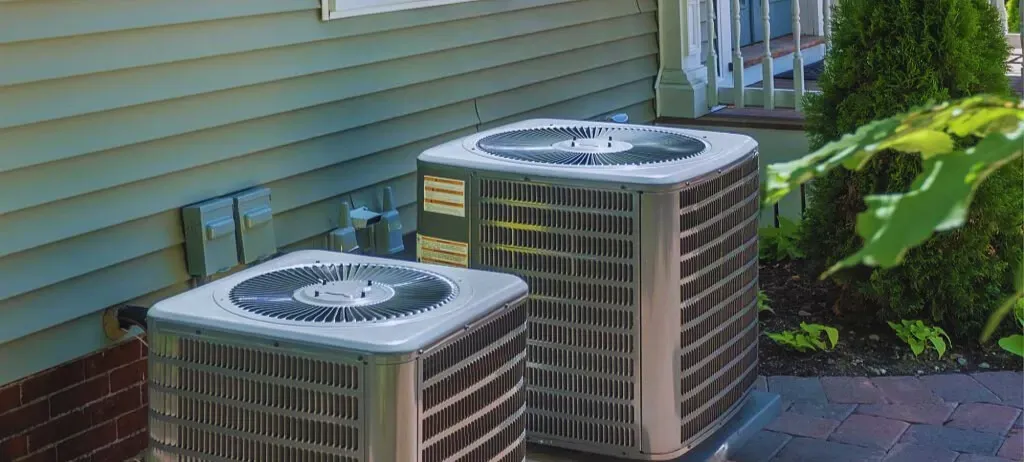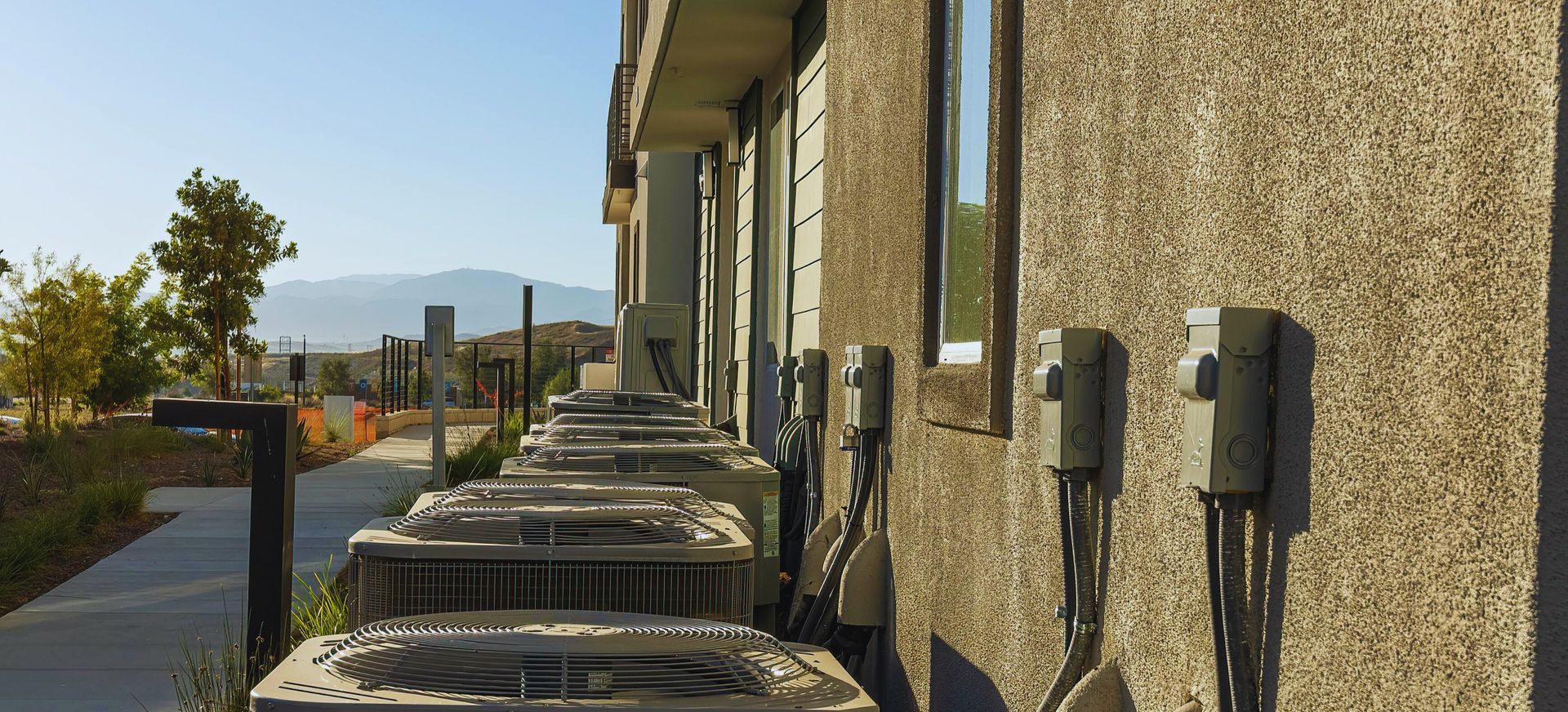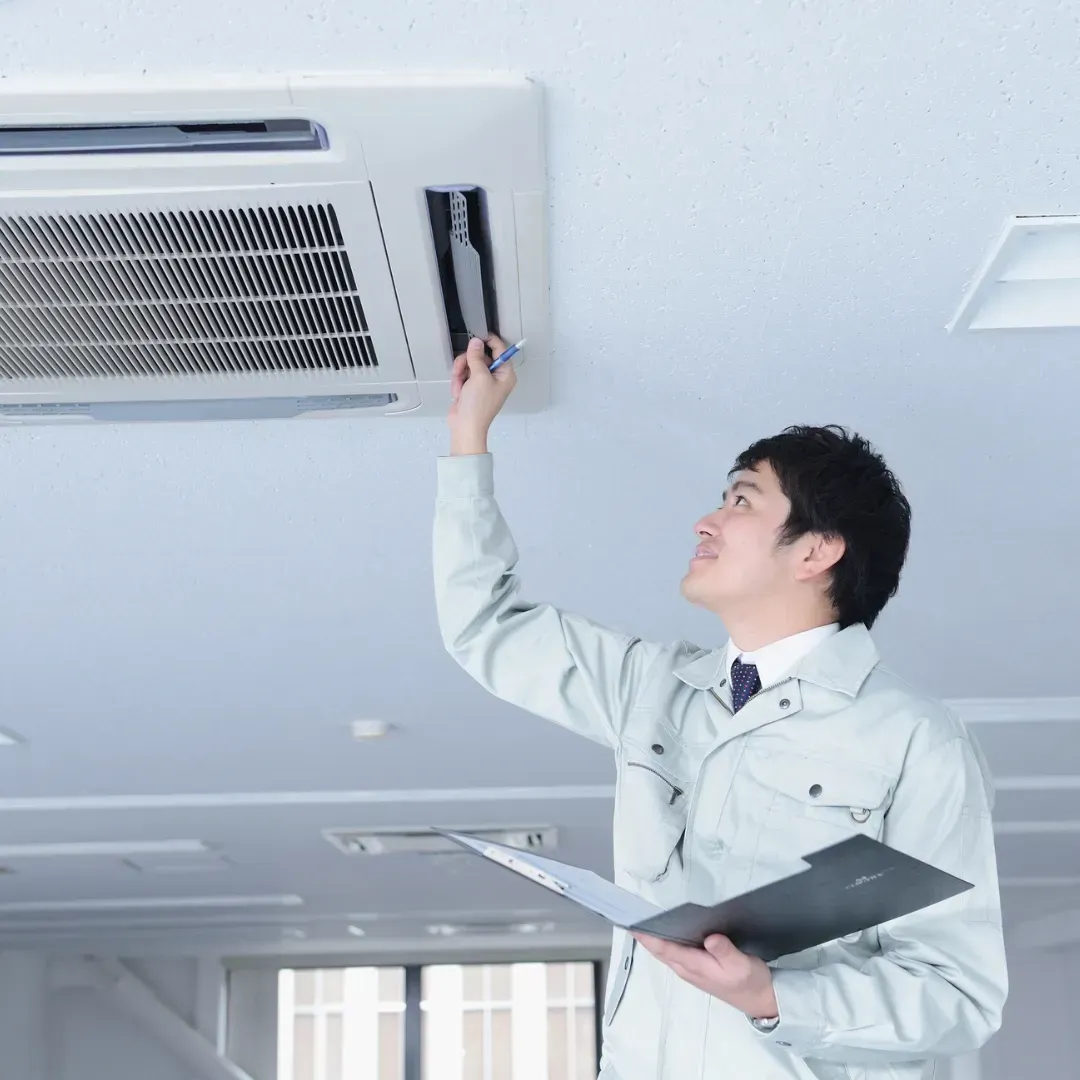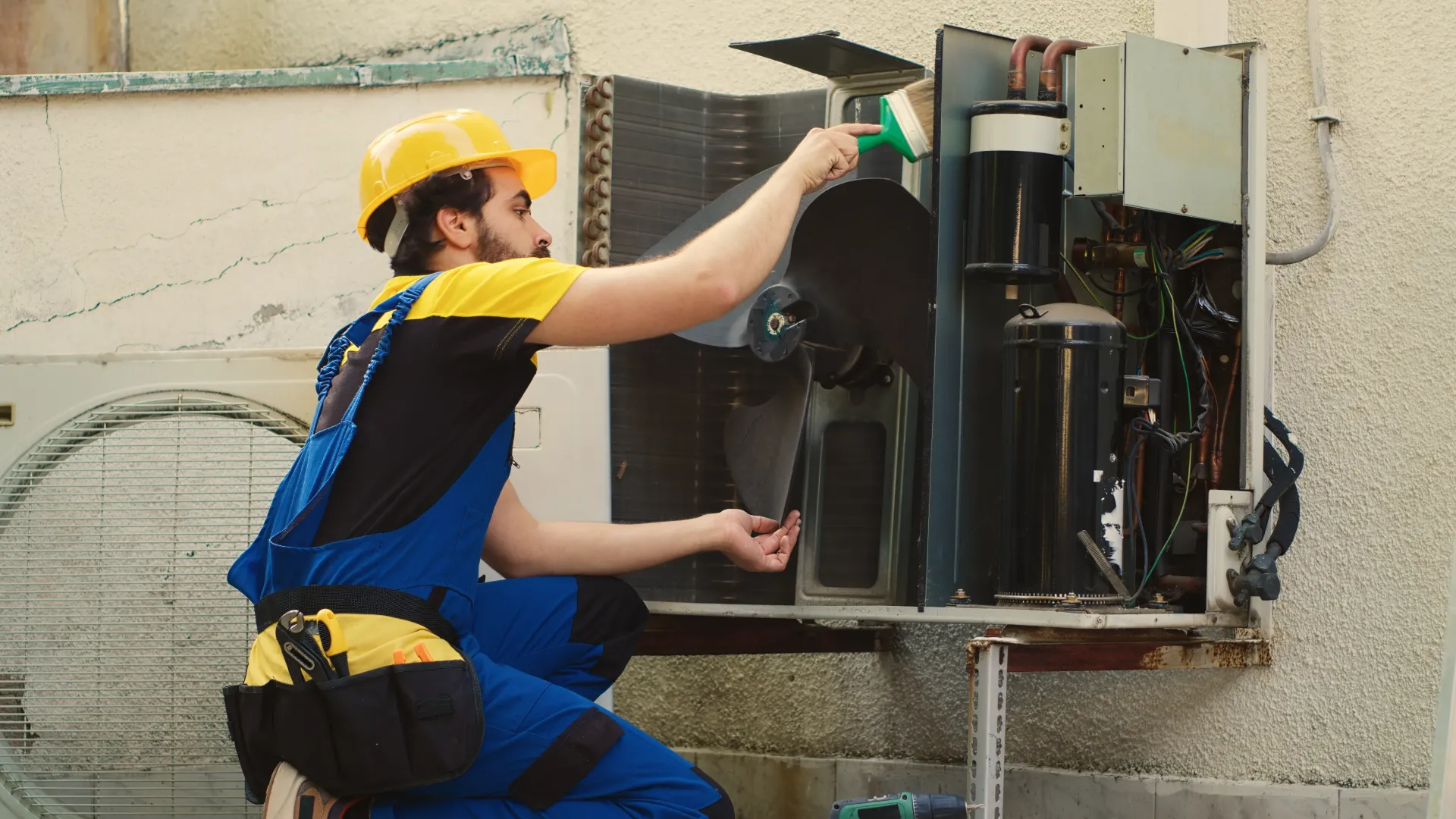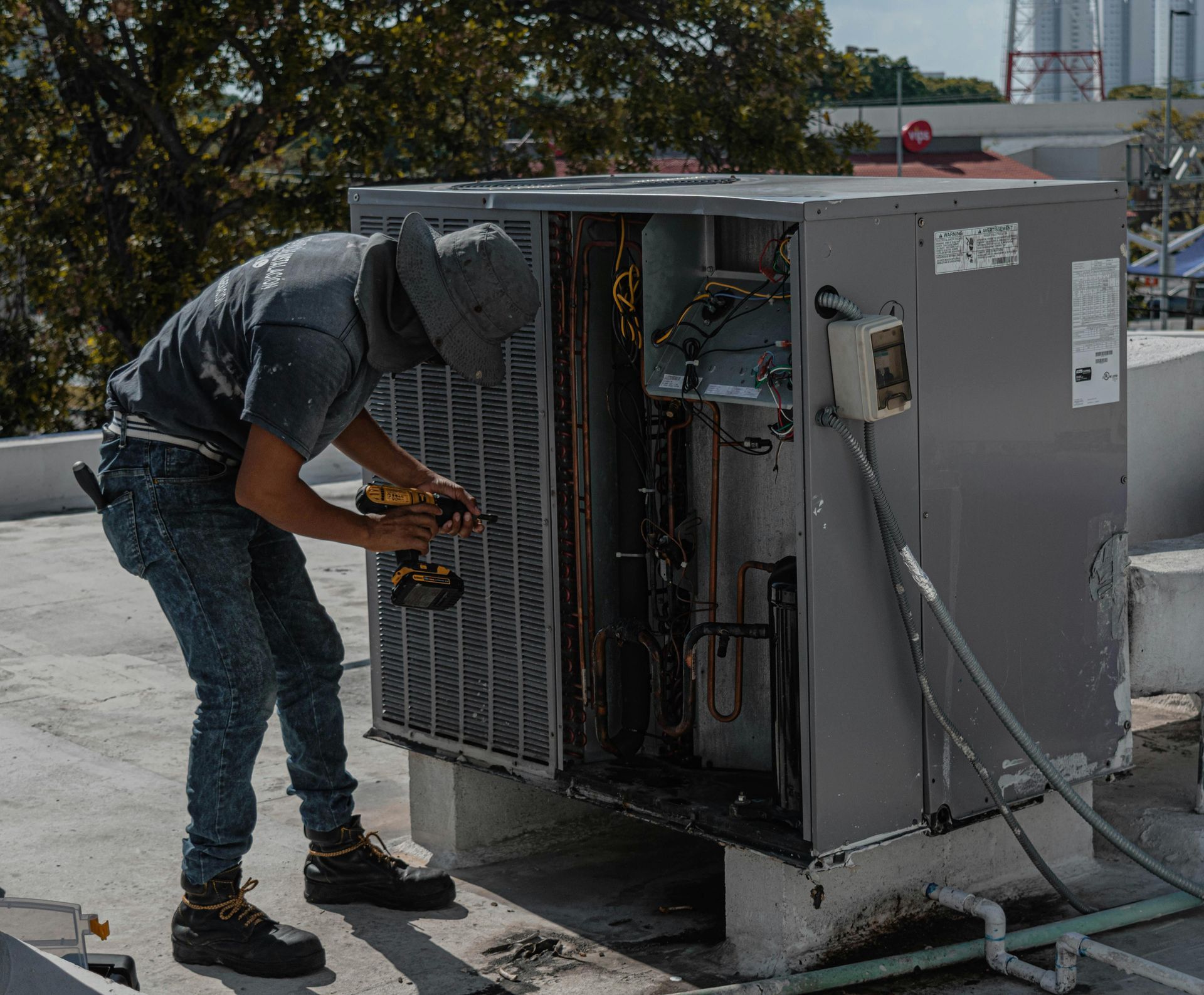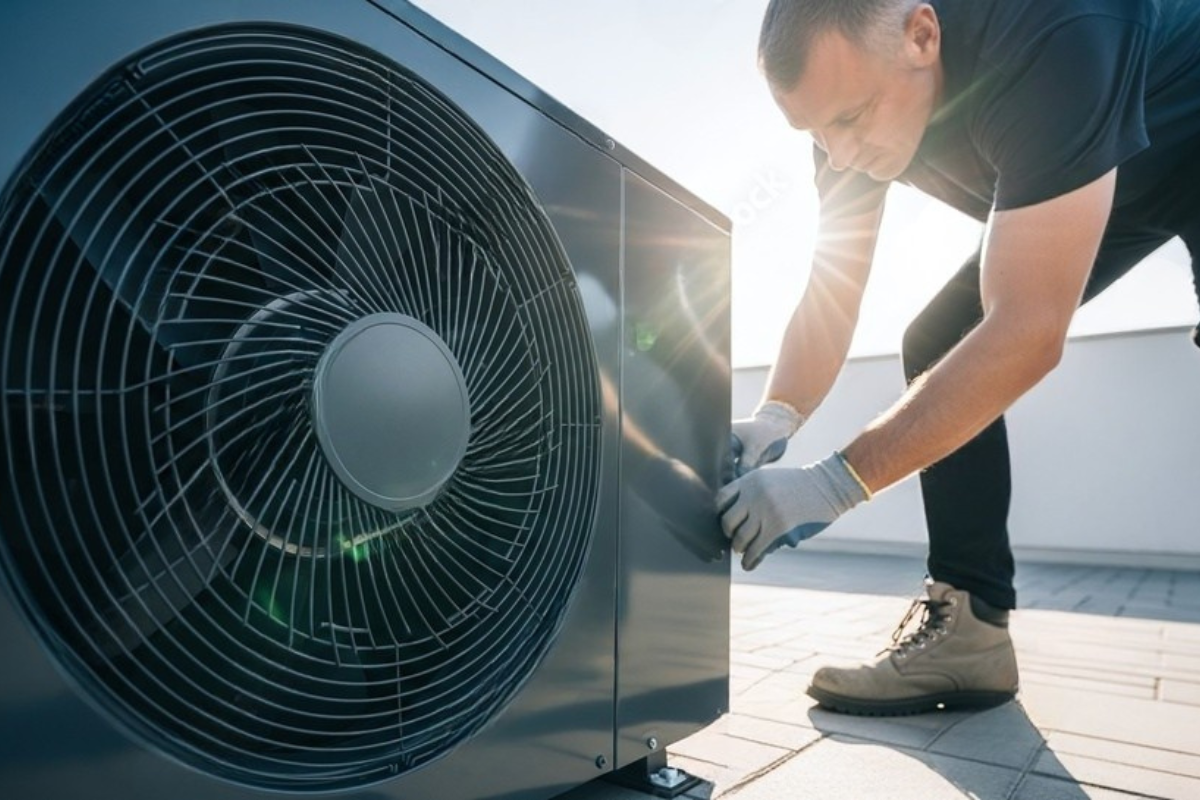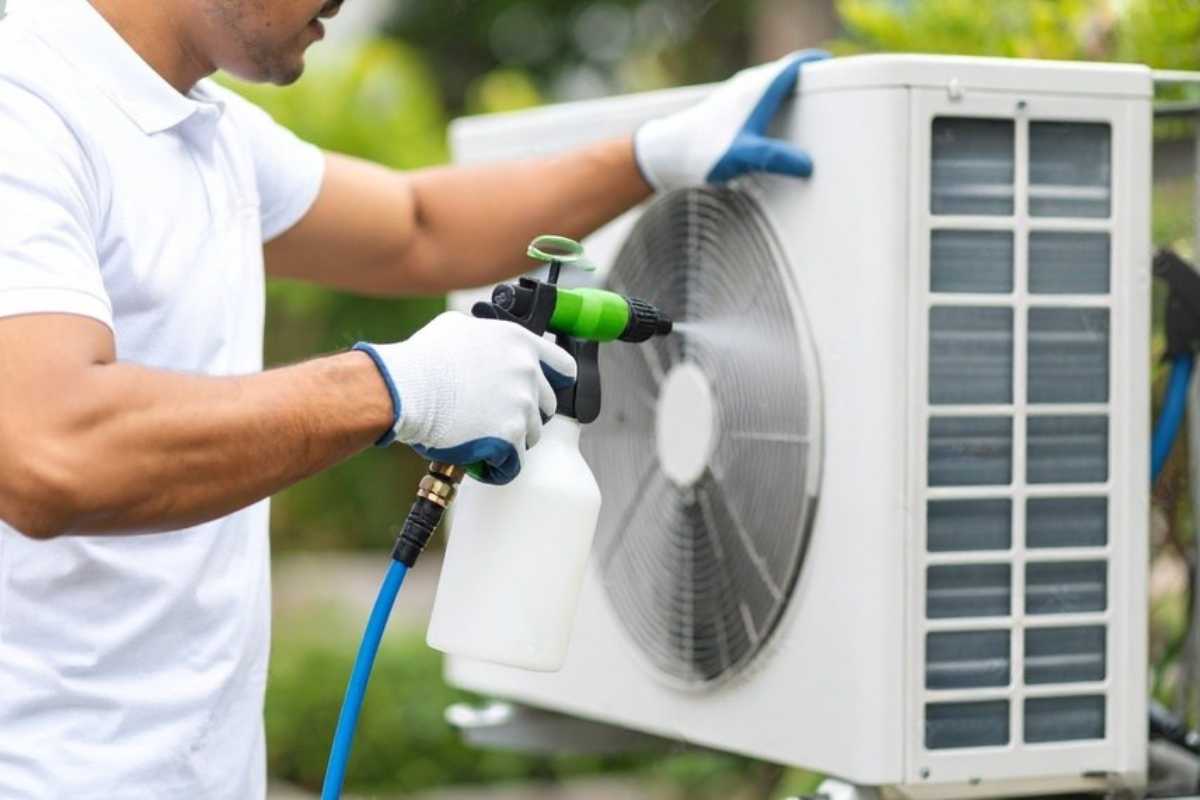Indoor Air Quality: The Silent Key to Better Health and Comfort
Indoor air quality (IAQ) refers to the condition of the air inside buildings, especially as it relates to the health and comfort of the people who occupy them. It might seem invisible, even unimportant, but poor IAQ has quietly become one of the most pressing health risks of our time. From allergens and mold spores to volatile chemicals, the air inside our homes could be teeming with silent saboteurs.
For many, the air indoors is two to five times more polluted than outdoor air. This should be a wake-up call. Indoor air quality doesn’t just influence your comfort—it directly affects your health, mood, energy levels, and even productivity. Poor IAQ has been linked to a range of issues including asthma, respiratory infections, and chronic fatigue.
One vital step toward improving IAQ is seeking professional guidance. If your HVAC system is outdated or poorly maintained, it may be a hidden source of pollution. Regular servicing through a trusted HVAC Service can optimize your system for better air flow, filtration, and humidity control.

Common Causes of Poor Indoor Air Quality
- Lack of Ventilation: Stagnant indoor environments trap pollutants.
- Chemical Off-Gassing: Furniture, paint, and carpets release VOCs.
- Moisture Issues: Humidity fosters mold and mildew.
- Inadequate HVAC Maintenance: Dirty filters and ducts circulate contaminants.
- Cleaning Products: Many contain harmful ingredients that degrade air quality.
These sources create a cocktail of invisible threats that accumulate over time, especially in tightly sealed homes designed for energy efficiency but lacking proper air exchange.
How Indoor Air Quality Affects Your Health
Imagine inhaling a mix of mold spores, pet dander, and carbon monoxide daily—without knowing it. That’s the silent harm poor IAQ causes. Health effects range from minor irritations like sneezing and watery eyes to severe consequences like neurological disorders or heart disease.
Children, the elderly, and those with existing respiratory issues are at even higher risk. What’s more, indoor air pollution can worsen mental health by increasing brain inflammation, according to recent studies. Thus, improving your IAQ isn’t just about physical health—it’s about holistic wellness.
Home Features That Contribute to Air Pollution
- Synthetic Carpets: Often treated with flame retardants.
- Pressed Wood Furniture: May emit formaldehyde.
- Insulation: Old insulation can release fibers and chemicals.
- Non-stick Cookware: Releases harmful fumes when overheated.
Home design and décor can play a bigger role in your IAQ than you might think. Choosing low-emission materials and sustainable design practices can dramatically reduce exposure to toxins.
Why Proper Ventilation Is Crucial
Stale air doesn't just feel uncomfortable—it can be dangerous. Without adequate ventilation, pollutants like carbon monoxide, radon, and nitrogen dioxide can accumulate indoors. Proper ventilation systems replace polluted indoor air with fresh outdoor air, diluting contaminants.
Simple strategies such as using exhaust fans in bathrooms and kitchens, opening windows strategically, or installing whole-house ventilation systems can significantly improve indoor air quality. Yet, to ensure optimal performance, it's best to integrate these with your HVAC system, especially in climates where opening windows isn’t always practical.
How Air Filters and Purifiers Improve IAQ
Air filters trap dust, pollen, and other airborne particles. High-Efficiency Particulate Air (HEPA) filters are particularly effective, capturing 99.97% of microscopic particles. Air purifiers with activated carbon filters go a step further, removing odors and volatile organic compounds.
For homes with HVAC systems, upgrading to a filter with a higher MERV rating can make a huge difference. Just make sure it’s compatible with your system. A professional HVAC Service can help you select and install the right filtration setup for your home’s needs.
The Role of Humidity in Indoor Air Quality
Humidity levels that are too high or too low can harm your indoor environment. Dry air causes skin irritation, respiratory discomfort, and static electricity. Excess moisture invites mold, mildew, and dust mites.
Maintaining indoor humidity between 30% and 50% is ideal. Tools like hygrometers can help monitor moisture levels. Consider a dehumidifier in damp areas like basements, and use humidifiers during dry winter months. Many modern HVAC systems come equipped with humidity control features that keep conditions stable year-round.
Managing Dust, Allergens, and Dander
Dust is more than a cosmetic nuisance—it’s a cocktail of skin cells, insect parts, pollen, and other allergens. Regular vacuuming with a HEPA-filter vacuum, dusting with microfiber cloths, and frequent washing of linens can help keep levels down.
If you have pets, their dander (microscopic skin flakes) can exacerbate allergies. Bathe pets regularly, keep them out of bedrooms, and invest in a purifier tailored for pet households.
Understanding the Mold and Mildew Threat
Mold thrives in moist, warm environments. It releases spores that can irritate your lungs, skin, and eyes. Some types, like black mold, produce mycotoxins that can seriously affect your health.
Signs of mold include a musty smell, visible discoloration on walls or ceilings, and increased allergic reactions. Always address leaks promptly and improve airflow in moisture-prone areas. If you suspect a serious problem, professional mold remediation is essential.
What Are Volatile Organic Compounds (VOCs)?
VOCs are gases emitted by certain solids or liquids, including paints, varnishes, cleaning products, and even some furniture. Common VOCs like benzene and formaldehyde have been linked to respiratory issues and cancer.
To limit exposure:
- Choose low-VOC or zero-VOC products.
- Increase ventilation during and after painting or cleaning.
- Store chemicals in tightly sealed containers and away from living spaces.
Enhancing Indoor Air with HVAC Service
Your HVAC system is your home's lungs. If neglected, it can circulate pollutants rather than clean the air. Routine HVAC Service includes cleaning ducts, replacing filters, and tuning up equipment to ensure maximum efficiency and purity.
Moreover, advanced HVAC solutions offer integrated filtration, humidity control, and even air purification technology that goes beyond basic comfort to deliver health-oriented outcomes.
Indoor Plants That Purify Air
Nature knows best. NASA’s Clean Air Study identified several plants that naturally filter toxins:
- Spider Plant: Absorbs carbon monoxide and xylene.
- Peace Lily: Removes formaldehyde and ammonia.
- Snake Plant: Converts CO2 to oxygen at night.
- Aloe Vera: Filters benzene and formaldehyde.
Keep in mind, however, that plants should supplement, not replace, ventilation and filtration systems.
Safe Cleaning Practices for Better Air
Many traditional cleaning agents are laden with VOCs, bleach, and ammonia—compounds that degrade IAQ and can trigger health problems. The irony? We use them to make our homes feel “clean.”
Safer alternatives include:
- White vinegar and baking soda mixtures
- Natural, fragrance-free soap-based cleaners
- Steam cleaning for floors and upholstery
Ventilate while cleaning, and avoid air fresheners that mask odors with synthetic fragrances. Instead, opt for natural options like essential oil diffusers or activated charcoal.
Toxic vs. Safe Construction Materials
From drywall to flooring adhesives, many building materials off-gas chemicals that linger long after installation. If you're remodeling or building a new home, prioritize non-toxic options:
- Use low-VOC or VOC-free paints and sealants.
- Opt for solid wood over pressed wood.
- Choose ceramic or stone tiles instead of vinyl flooring.
Consulting with eco-conscious contractors can further ensure a safer, healthier outcome for your project.
How Seasons Affect Indoor Air Quality
IAQ shifts with the seasons:
- Winter: Windows stay closed, increasing CO2 and humidity.
- Spring: Pollen infiltrates, affecting allergy sufferers.
- Summer: Higher temps may promote mold growth.
- Autumn: HVAC systems may stir up accumulated dust.
Adapt your indoor air strategy accordingly: use HEPA filters during pollen season, run dehumidifiers in humid months, and clean ducts before heating season begins.
Why Vulnerable Populations Are at Higher Risk
Children inhale more air relative to their body size than adults, making them more susceptible to pollutants. The elderly often have compromised immune systems, and individuals with asthma or heart conditions are also more vulnerable.
Improving IAQ for these groups is not just considerate—it’s critical. Prioritize their rooms for air purification, and avoid placing chemical-based products nearby.
Pet Ownership and Air Quality Challenges
Pets bring companionship—and dander. Their fur traps pollen, dust, and other allergens, contributing to indoor air pollution.
Helpful solutions:
- Bathe and groom regularly.
- Use allergen-resistant covers on furniture and bedding.
- Keep litter boxes well-ventilated and cleaned frequently.
This doesn’t mean you need to rehome your furry friend—just keep your home air-cleaning strategies one step ahead.
How Cooking Impacts Your Indoor Environment
Cooking emits pollutants such as carbon monoxide, nitrogen dioxide, and particulate matter—especially with gas stoves. Using oils at high temperatures also produces fine particles.
Combat these effects by:
- Always using a vented range hood or exhaust fan.
- Opening windows or using a window fan.
- Avoiding non-stick pans that release fumes when overheated.
Workplace Air Quality: What You Need to Know
Poor IAQ doesn’t stop at your front door. Offices can be filled with VOCs, germs, and dust—especially if HVAC systems are rarely cleaned. IAQ in commercial spaces influences productivity, absenteeism, and overall employee satisfaction.
Ask your employer about their IAQ initiatives. Suggest air purifiers or at least regular HVAC service. Healthy workers are happy workers.
Smart Devices for Air Quality Monitoring
Modern problems require modern solutions. IAQ monitors measure:
- CO2 levels
- Humidity
- Particulate matter (PM2.5)
- VOC concentrations
Some even integrate with smart home systems to adjust air purifiers or alert you when windows need opening. These tools provide real-time insight, empowering you to act before a problem escalates.
How to Test Your Home’s Air Quality Yourself
DIY air quality testing kits are widely available and can detect:
- Radon
- Mold spores
- VOCs
- Carbon monoxide
While useful, they aren’t a replacement for professional testing, which offers a more thorough and accurate analysis. If you notice chronic symptoms or suspect serious issues, don’t hesitate to schedule an inspection through a Contact with experts.
Understanding Indoor Air Quality Standards
Governments and health organizations have defined safety thresholds for common indoor pollutants. Agencies like the Environmental Protection Agency (EPA) and the World Health Organization (WHO) offer IAQ guidelines for:
- Carbon monoxide: Not to exceed 9 ppm for 8 hours
- Radon: Below 4 pCi/L
- PM2.5: Less than 12 µg/m³ annual average
Understanding these benchmarks helps homeowners set realistic goals for clean indoor air. Use this information to guide your home improvement priorities and product choices.
IAQ Issues Across the Globe
Indoor air pollution isn’t limited by borders. In developing countries, the use of biomass fuels for cooking and heating in poorly ventilated homes has devastating health effects. In urbanized regions, construction materials and lifestyle habits drive IAQ decline.
No matter where you are in the world, the message remains the same: clean air begins at home.
Common Misconceptions About IAQ
- "I can’t see or smell anything, so the air must be fine." Many pollutants are colorless and odorless.
- "Only old homes have bad air." New buildings may emit VOCs from synthetic materials.
- "Air purifiers solve everything." They help, but don’t replace proper ventilation or reduce sources of pollution.
Dispelling these myths is the first step toward truly healthy indoor environments.
Cost vs. Value: Investing in Air Quality
While improving IAQ may seem like a luxury, it’s actually an investment in your long-term health. Consider:
- Lower medical bills
- Fewer sick days
- Improved sleep and energy
- Increased home value
From replacing air filters to upgrading HVAC systems, each dollar spent returns dividends in comfort, well-being, and peace of mind.
Real Homes That Improved IAQ and Thrived
Take Sarah’s story: a mother of two who suffered from chronic allergies. After consulting a professional for a HVAC Service, installing an air purifier, and switching to natural cleaning products, her symptoms decreased dramatically.
Or consider Tom, a remote worker who invested in smart IAQ sensors and improved ventilation in his home office. Not only did his focus improve, but so did his sleep.
These stories show that change is possible—and rewarding.
Everyday Habits for Cleaner Indoor Air
- Open windows for 15–30 minutes a day
- Dust and vacuum weekly
- Replace HVAC filters every 1–3 months
- Store chemicals outdoors or in sealed containers
- Use range hoods while cooking
These small habits add up over time to create a healthier home.
When to Call in a Professional HVAC Service
If your allergies worsen indoors, your air feels stuffy, or you notice increased condensation, it may be time to call in the pros. A licensed HVAC Service can diagnose airflow issues, clean ducts, and upgrade your system for maximum performance.
Don’t wait until symptoms arise. Schedule routine maintenance and stay proactive about your health.
How to Get a Personalized IAQ Assessment
Each home is unique. For a comprehensive analysis, schedule a home visit with IAQ experts. They’ll:
- Test for major pollutants
- Assess HVAC efficiency
- Recommend customized solutions
To take the first step, contact a certified provider in your area and breathe easier knowing your air is finally under control.
FAQs About Indoor Air Quality
What’s the ideal indoor humidity level?
Between 30% and 50% to prevent mold and dry air issues.
How often should I replace my HVAC filters?
Every 1 to 3 months, depending on usage and filter type.
Are indoor plants enough to purify the air?
They help but should be used alongside other IAQ methods like filtration and ventilation.
Can poor IAQ cause headaches and fatigue?
Yes, prolonged exposure to indoor pollutants often leads to these symptoms.
Is indoor air more polluted than outdoor air?
Often, yes. Especially in sealed, energy-efficient homes without proper ventilation.
What’s the best way to test air quality at home?
Use an IAQ monitor for real-time data or hire a professional for a full assessment.
Final Thoughts: Prioritize Your Air, Prioritize Your Life
The air you breathe inside your home shapes your well-being more than you might imagine. From your immune system to your mental clarity, indoor air quality is the invisible force behind your comfort and vitality. Whether you take small steps like opening windows or big ones like upgrading your HVAC system, the key is to act intentionally.
Your home should be your sanctuary—not a source of hidden harm. Start by becoming aware. Then take control. Cleaner air is not just possible—it’s essential.
Links:
